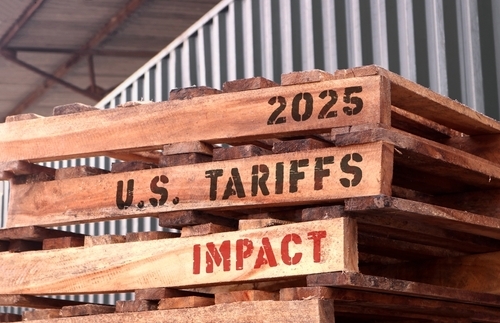YOU’VE SEEN IT countless times – the squirrel corpse in the middle of the road. “Road kill,” it’s called. A testament to the inability of a rodent to realize it shouldn’t run into the path of an oncoming car. I can understand how the squirrel may not be intelligent enough to avoid self-destructive behavior, but I never cease to marvel at how the U.S. Postal Service will act the same way – as in the latest postal rate case.
The USPS is asking the PRC for $2.73 billion in new revenue to break even. Each penny is worth about $1 billion. A 1-cent hike for first class means other mail users must bear the cost of raising the balance.
Does the USPS really need $2.73 billion to break even? It does if every penny of this revenue estimate is required to cover the costs of running the postal system. The USPS’ own testimony, however, indicates this isn’t the case. It really needs only half as much to comply with the statutory break-even mandate. Half of what the USPS is requesting is for reserves it wants to have on hand to cover unforeseen contingencies and to pay back a share of “prior-year losses.”
The postal service has predicated its break-even assumptions on the basis of a 2001 fiscal year (a year that begins around late September). If the USPS holds to its claim that new rates will take effect sometime in calendar 2001, most of the test year will already be over.
That’s a short period of time! Why, then, does the USPS need so large a contingency reserve? And why the prior-year loss reserve? According to the postal governors, it’s to “restore the postal service’s original equity” provided by the government when the Post Office Department became the USPS.
Clearly, in this instance the postal service has inflated its actual revenue needs by some 100% to cover its butt in the event of some “unforeseen” postal snafu. The result? Double-digit increases for some of the USPS’ most price-sensitive customers.
Look! A squirrel in a postal uniform just wandered onto the highway.



